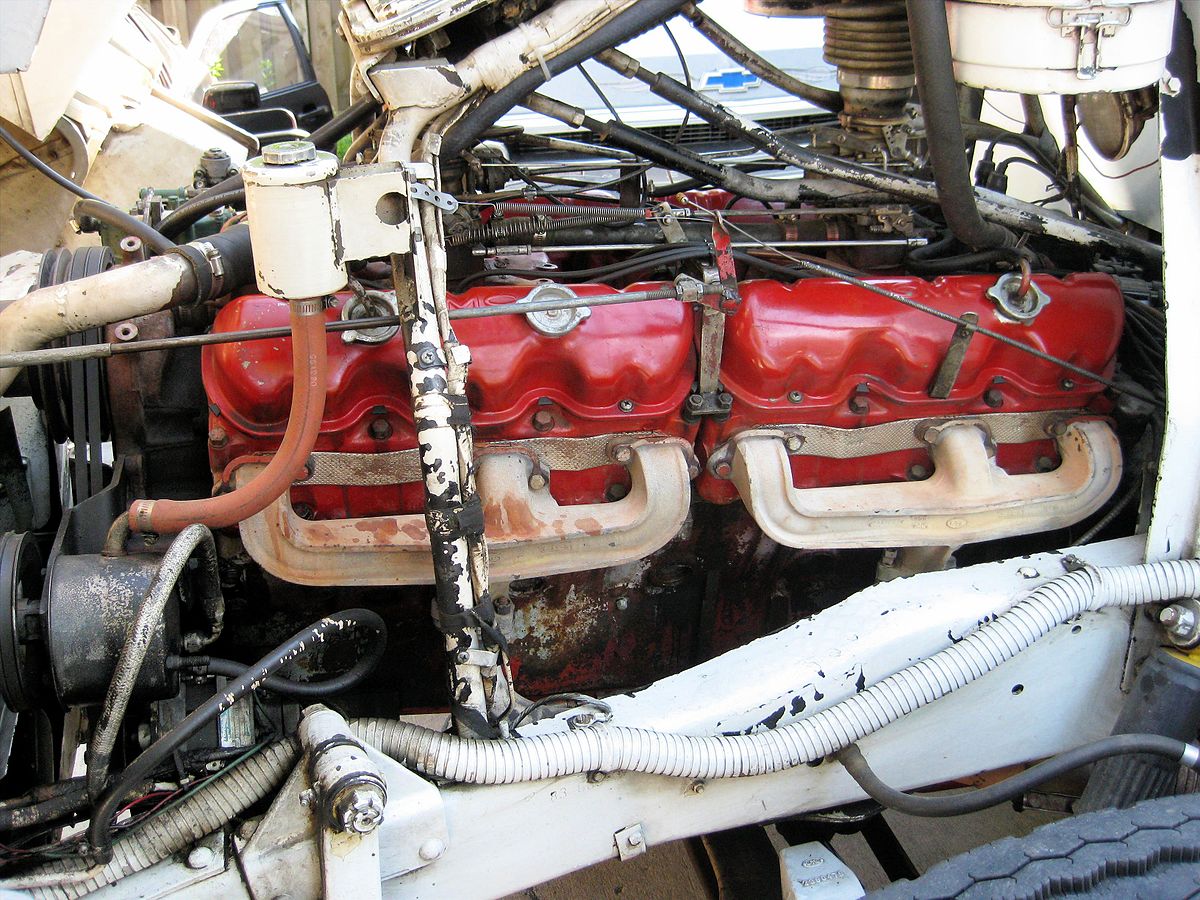My god, same here, I dealt with an absolutely TERRIBLE one here in LA (Star Ford), here is my Yelp review- still infuriates me.
Sad to hear about Star. My mom's Fusion was from there and I did the dealer trade to go pick it up.
My god, same here, I dealt with an absolutely TERRIBLE one here in LA (Star Ford), here is my Yelp review- still infuriates me.
You don't like the motor? Sounds like it's the transmission that is causing you to hate the motor. I still drive an 01 F150 and the best thing I ever did was a transmission tune. I can't stand the way they made a 4speed shift, I can't imagine how bad a 10 speed is.
Not sure if that matters--it's really old now, but I recall that the GMC big block V6's were oversquare and managed to make torque down low. Ok they were during the days of OHV and poor breathing, but I believe the thought of oversquare is to keep piston speeds and piston ring friction loss lower than with a long stroke setup.It's significantly oversquare; it's made to rev and not lug....
Unless it was an industrial application- never heard of a BB V6.Not sure if that matters--it's really old now, but I recall that the GMC big block V6's were oversquare and managed to make torque down low. Ok they were during the days of OHV and poor breathing, but I believe the thought of oversquare is to keep piston speeds and piston ring friction loss lower than with a long stroke setup.
Something that bugs me, trying to think about it, gasoline engine can only make so much pressure during power stroke--otherwise detonation is a risk. So for a given displacement, you can have a long stroke, but a small piston area for that pressure to push against. Or you can have a large area to push but less mechanical advantage from the stroke. Which is better?
[Quick look at the math, if you have a fixed displacement, if you increase bore by 10% then stroke has to decrease by 17%. But the length of the rings went up by 10%. So is bumping bore diam by 10%, and dropping stroke by 17%, lead to a 7% decrease in friction?]
As pointed out elsewhere, the same torque but higher in rpm is more horsepower, and thus faster to the top of the hill. With the attendant fuel burn of course, as horses don't work for free.
1960 through 1974.Unless it was an industrial application- never heard of a BB V6.

I don’t know. My FIL runs these loaded to max payload in severe terrain duty. We also tow a fairly heavy boat in severe terrain with this setup. It’s plenty powerful for both uses. The transmission does force shifts to very high rpms, it does like to be up there.Which makes it a bad choice for a 1 ton truck.
